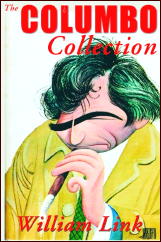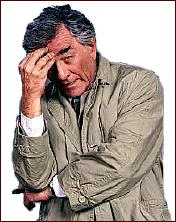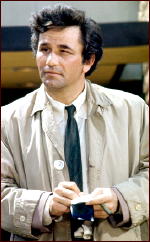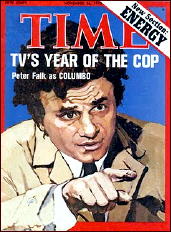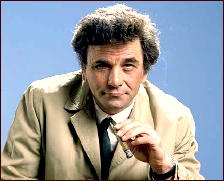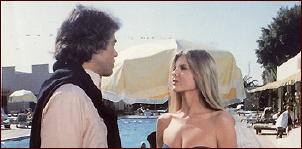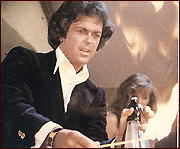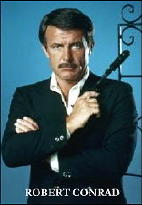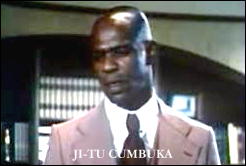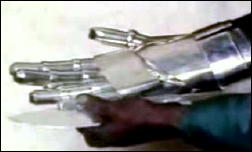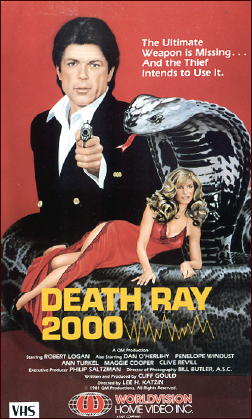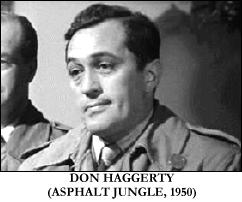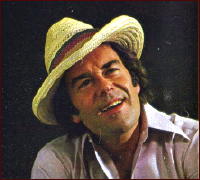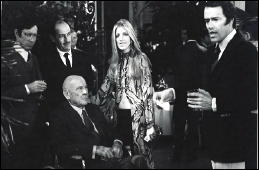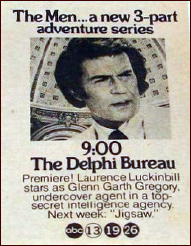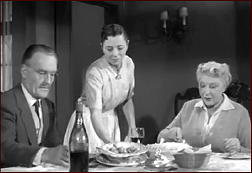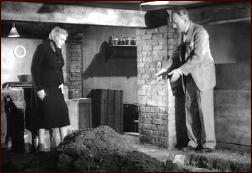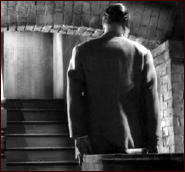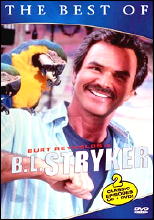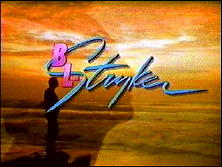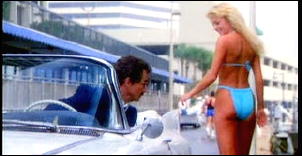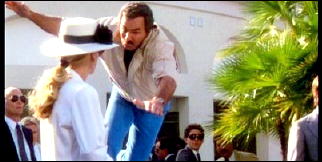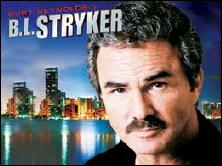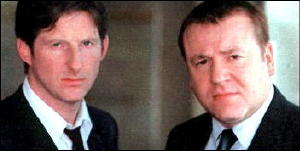Mon 9 Jan 2012
A TV Review by Michael Shonk: BROKEN BADGES “Chucky.â€
Posted by Steve under Reviews , TV mysteries[16] Comments
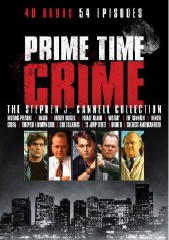
“Chucky.†An episode of Broken Badges (1990-91). Season 1, Episode 2. CBS. December 22, 1990. Created and Executive Produced by: Stephen J. Cannell and Randall Wallace. Written by Stephen J. Cannell. Directed by Kim Manners.
Cast: Miquel Ferrer as Beau Jack Bowman, Ernie Hudson as Toby Baker, Eileen Davidson as J. J. “Bullet†Tingreedes, Jay Johnson as Stanley Jones, Charlotte Lewis as Priscilla Mather. Guest Cast: Dietrich Bader as Chucky, Clint Carmichael as Joe, Lyle Alzado as Tommy Moran.
In the voiceover opening, Chief Sterling (Don S. Davis) asks, “What do you do with a bunch of cops like these? One is a kleptomaniac. One is a compulsively violent ventriloquist. One is addicted to danger. And their leader is a transplanted Cajun who makes up his own rules as he goes along. What do you do with a bunch of cops like these?â€
If you answered, fire them or suspend them or give them desk jobs and take away their guns, you have a fine grasp of reality and would have had no chance of writing for Broken Badges.
Instead the Captain answers, “Give them a psychiatrist and pray.â€
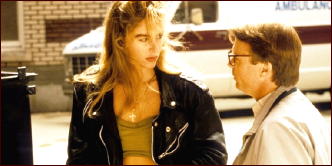
The episode “Chucky†tells the story of the naïve son of dirty ex-cop turned crime boss Tommy Moran. Chucky is more interested in Shakespearean theatre than his father’s business. Despite being a bad guy, Tommy is loved by his many friends on the police force. Of course our group has a different opinion of Tommy.
Toby, the kleptomaniac cop, was responsible for Tommy getting kicked off the force. After Toby taunts Tommy to fight, in the middle of the police station, Tommy walks away and Toby threatens that he might be the one to put Tommy in the ground. I will pause here for you to regain consciousness from being hit over the head with foreshadowing.
Joe, Tommy’s second in command, guns down Tommy and frames Toby (what a twist). Cops happily arrest their fellow cop. The next day there is a hearing and the Judge orders Toby to jail awaiting trail for murder.
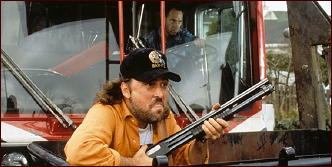
Our heroes bond and use their assignment of catching parking meter vandals as an excuse to roam the city, go undercover, and plant expensive surveillance equipment, all without any authorization. Now BFF with Chucky, who inherited Dad’s business, our group takes on the bad guys whose response is threatening to kill our heroes. Does that work? Yes. Until Beau puts a great gris gris on the bad guys. Spoiler – good guys win!
If you can accept the premise that three cops on “psychological restriction†and a renegade Cajun (the best kind) are allowed to roam the streets solving crimes while armed, then your suspension of disbelief has been strengthen to Superman levels from years of watching mindless TV shows such as this one.
Maybe you will find this funny. Maybe you will laugh instead of wince when ventriloquist Stanley has a violent fight with his dummy Officer Danny for half a minute of screen time and Danny knocks Stanley “out.â€
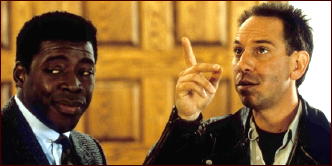
Miguel Ferrer as Beau the group’s Cajun leader and Ernie Hudson as the manic-depressive kleptomaniac Toby turn in fine performances, while the rest of the cast were unable to rise above the limitations of their characters and the series’ premise.
Stephen J. Cannell is rightfully remembered as one of TV’s best producer/writer (Rockford Files, Wiseguy), but he often pushed the genre towards the odd (Greatest American Hero, Tenspeed and Brownshoe, A-Team).
Sadly, Broken Badges was just one of a string of losers Cannell produced in the 1990s (his two success of the 90s were The Commish and the Rockford Files TV Movies). In the decade of Homicide: Life in the Street, NYPD Blue, and Law and Order, Cannell held on to the cheesiness of the 70s and 80s and produced such failures as The Hat Squad, Palace Guard, and Broken Badges.
Granted, perhaps wisely, CBS never gave Broken Badges a real chance. The first episode (pilot) aired on the Saturday after Thanksgiving, three more episodes aired during the Holidays in December (“Chucky†ran the Saturday before Christmas), and the final three ran in June long after it had been cancelled.
The series is available on a DVD called Prime Time Crime: The Stephen J Cannell Collection. You can currently watch this episode (and others of the series) on YouTube in four parts, starting here.
